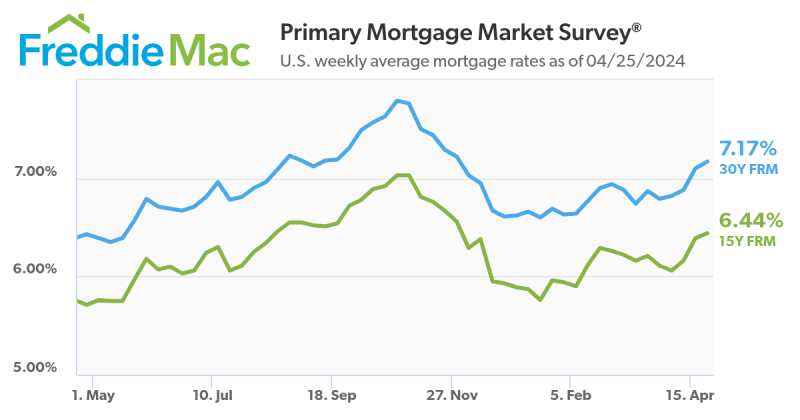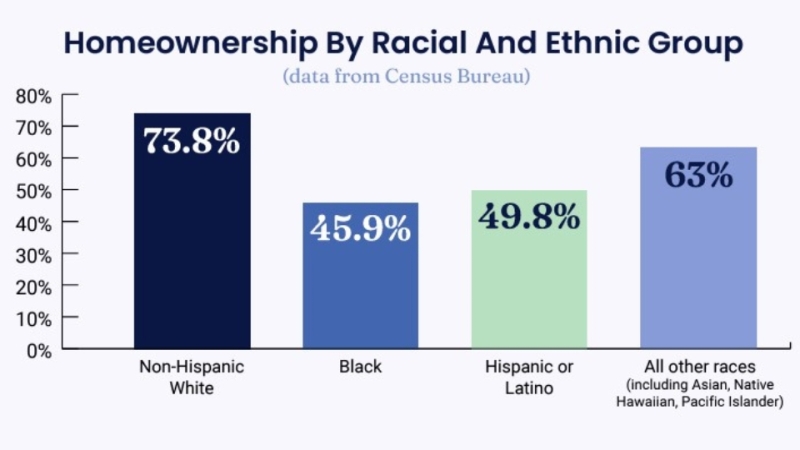Advertisement
Georgia industry appointments update - 8/1/2007
Assisting bankruptcy ownersJoe CornoHow bankruptcy affects a mortgage
People file bankruptcy to slow the pace of the inevitable. They
are heading toward financial ruin and they feel the world closing
in on them. They file bankruptcy to breathe for a few months, and
most do not understand the bankruptcy laws and consequences.
Most people do not comprehend that they will retain the same
monthly mortgage payment and a lump-sum monthly payment that
consolidates all consumer debt, late fees, penalties and attorney
costs, in addition to the mortgage payment.
Seventy percent of people—or seven out of every
10—who file for bankruptcy fall out of bankruptcy within a
few months after filing. This causes the bankruptcy administrator
to petition the court to release them from the bankruptcy
protection. In essence, they are worse off than before filing. They
have a bankruptcy recorded against them and their chance of
obtaining favorable financing is gone.
Another consequence is that the bankruptcy structure does not
allow for life emergencies and experiences. All income, down to the
penny, is allocated towards the lump-sum payment—sickness,
accident, unexpected traffic violation, etc. has no allocation for
funds. If someone, due to illness or accident, files a bankruptcy,
future co-pay and personal costs for care, after insurance, are not
allowed in the bankruptcy process. There is no money left to cover
life emergencies and experiences.
With existing bankruptcy laws, it may be better if the
individual does nothing in protecting himself against further suits
and judgments. Most consumer creditors do not want the expense of
seeking restitution and will wait to proceed.
This is simply an opinion, but if there is no property involved,
a bankruptcy for any consumer debt causes worse restitution than
volunteer repossession or continued credit damage.
Once an individual is able to re-pay consumer debt, they can
restore credit within a couple of years. A bankruptcy takes four to
seven years for credit restoration. You may want to take poetic
license and re-type the first four paragraphs of this letter to
send to those falling out of bankruptcy. It will let them know that
they are not alone and the majority of filings fail.
The gem of this training is to give you the source for locating
people falling out of bankruptcy. These are people that you cannot
save from the federal court system because they are already in the
federal court system. They have filed and they now are not able to
abide by the bankruptcy re-payment structure. Thus, the court will
release them from the bankruptcy protection and the creditors swoop
in for the kill.
One creditor, the mortgage lien holder, will initiate
foreclosure proceedings with the court the day after release from
the bankruptcy protection. The owners/borrowers probably have not
been able to keep up their mortgage payments and the foreclosure
process is now petitioned to be expedited through the court.
A few years back, the federal courts required all bankruptcy
proceedings to be filed and logged onto a public access federal
court Web site referred to as Public Access to Court Electronic
Recordings (PACER). The Web site is
www.uscourts.gov/contact.html.
You will see a "Choose the court you want to locate" and "Search
by" matrix in the middle of your screen. Above that is a short
paragraph that reads: "Federal Courts across the country maintain
Web sites that offer valuable information such as court location
contact information, local rules and access through PACER to case
docket information." This is the gem of public access. PACER is a
court Web site of all federal actions and processes, including
bankruptcies.
This Web site is unknown to most of the public. It lists every
bankruptcy filing since the Federal courts required bankruptcy
actions to be filed and logged electronically.
You need to register and obtain a password. Once this is done,
go into the bankruptcy list in PACER. There are two lists to pay
attention to. The first is filed but not paying per bankruptcy
rules, which are people three months away from foreclosure
proceedings—once again. The other is those who have been
rejected from filing a bankruptcy and are three months from their
foreclosure.
The data bank allows you to search by location, zip code,
specific addresses, etc. The names and contact information of the
people filing are available to you as well. The key phrase to look
at is any petition requesting the court to remove them from the
bankruptcy filing. This means that they are falling out of
bankruptcy and need your services.
They have gone through deep despair, they are worried about
basic needs and the process is not money oriented. They become
paralyzed with fear and they may make last-minute decisions. Use
terms like "make a fresh start," "when you decide to break away,
you feel better" and "saving you from the house burden" when you
approach them. Their individual circumstances will determine your
marketing approach and resolve to their problem.
You can bring current their mortgage and take the property
subject to existing liens and conditions. You can become their
administrator via a land trust, and/or directly negotiate with
their lien holders. They are emotionally drained on doing this
function themselves. You can seek after a short sale with the lien
holders. You can purchase with an assignable lease option.
Now remember, some of these people are under bankruptcy
protection; thus, any proceeds that they net will go directly to
paying creditors. You can create a separate personal agreement,
completely non-related to any purchase agreement, to purchase
personal property, or offer a "leave early" enhancement that pays
them if they vacate earlier than what is contracted.
These are ways of getting needed money to the sellers. Sometimes
it is just impossible to get anything to the sellers. The property
is so upside down that it is a lose-lose-lose scenario. In PACER,
search for the bankruptcy filings that indicate a property lien
(mortgage loan) in the filing. There are charges to print and some
filings have many pages. When you discover that there is more owned
than what is there, negotiate.
The negotiation is between you and the lien holder, and you deal
with their loss mitigation officer. Show the lender what it will
cost them to take the property back than to discount and sell you
their note. You offer no more than 18 percent—meaning $18,000
on a $100,000 note. If the lender is going to appraise the
property, meet the appraiser/Broker Price Opinion to show problems,
negative issues and comparables in the area.
By taking the note over at a discount, you have $100,000 lien
for an expense between $10,000 and $18,000, and you take control of
the foreclosure. Obtaining property out of bankruptcy is how to
acquire property. By purchasing the note that was in foreclosure,
the people can dismiss the bankruptcy and take responsibility back
of their other payments as they deed over ownership to you in lieu
of foreclosure.
At this stage of their lives, people just want relief from their
circumstances. Increase their opportunity to do so by discount
purchasing the note so that you can release them from the property
and associated liens. Of course, you are not discounting your
purchased lien to the owners, unless you wish to. You created
equity to make money by getting them out from under their
burden.
It takes time for people to relocate. Work with people's needs
and emotions. Respond and react in a way that the owners want you
to. In the PACER system, once logged in, you can navigate to find
hyperlinks that will take you directly to a specific case. I
recommend that you do not pay to print until you have made contact
with the owner/seller to investigate further. Go by personally,
meet and talk to the owner/seller. Take notes down on what they
want and then have them sign your notes.
Through PACER, you can also check on cases that have already
been dismissed after reports by searching by date. Consistency in
mailing and calling works much better than blast mailing.
There is no need to send a large quantity of letters. Six
letters every week to 10 people brings more business than one
letter to 60 people.
The level of service you provide is up to you. No paid system
replaces moral service to people in need. Of course, there is gain
to profit while being of service.
Joe Corno is president of Utah-based We Be Consulting and
Seminars. He may be reached at (801) 836-2077 or e-mail [email protected].
About the author





